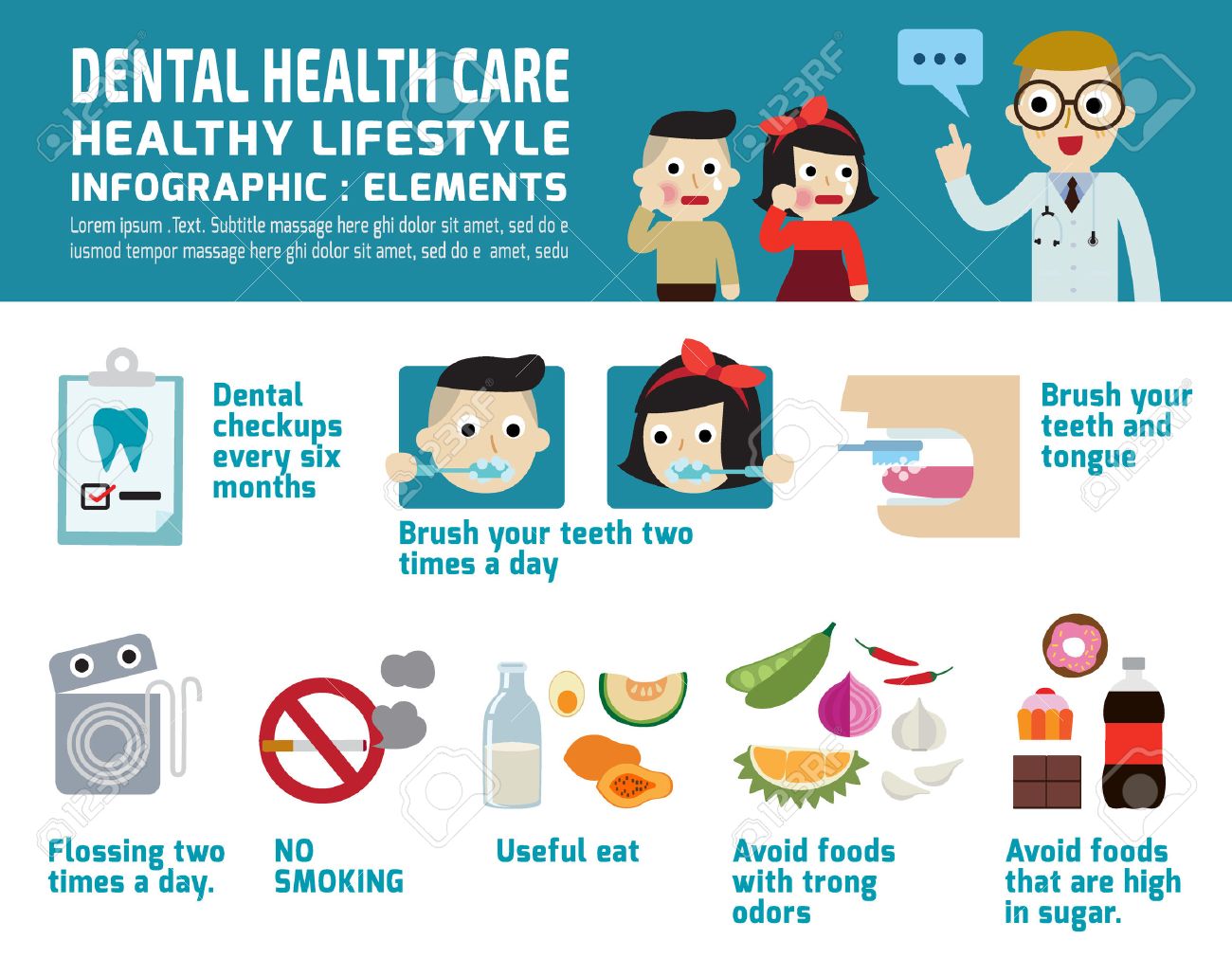Discover The Groundbreaking Innovations Revolutionizing Oral Surgery. Discover The Future Of The Area And Remain Ahead Of The Game. Click Now For A Look Right Into Tomorrow!
Discover The Groundbreaking Innovations Revolutionizing Oral Surgery. Discover The Future Of The Area And Remain Ahead Of The Game. Click Now For A Look Right Into Tomorrow!
Blog Article
Author-Johannsen Dowd
Invite to the world of dental surgery, where developments and advances are forming the future of the area! In this exciting world, you'll witness the transformative power of robotics, the cutting-edge wonder of 3D printing, and the game-changing impact of minimally invasive techniques.
The future of oral surgery holds an assurance of accuracy, performance, and improved client outcomes. With try this out of innovative robotics, specialists have the ability to carry out complicated procedures with greater accuracy and control.
3D printing innovation is reinventing the creation of oral implants and prosthetics, providing customized services that fit flawlessly right into each individual's unique anatomy.
Furthermore, minimally invasive techniques are reducing post-operative pain and recuperation time, enabling individuals to return to their every day lives sooner.
Prepare yourself to check out the interesting innovations and breakthroughs that are improving the landscape of dental surgery!
Developments in Robotics
One significant improvement in dental surgery is the use of robot modern technology, which permits specific and effective surgeries. With the help of robotic systems, dental surgeons have the ability to execute complex surgical treatments with enhanced accuracy, lessening the danger of human mistake.
These robotic systems are furnished with advanced imaging modern technology and accurate tools that enable doctors to browse with intricate physiological structures easily. By using robotic technology, surgeons can achieve better medical accuracy, leading to boosted person end results and faster recuperation times.
Additionally, using just click the next web page in dental surgery enables minimally intrusive procedures, decreasing the injury to bordering tissues and advertising faster healing.
3D Printing in Oral Surgery
To improve the field of oral surgery, you can explore the subtopic of 3D printing in dental surgery. This ingenious innovation has the prospective to change the means dental cosmetic surgeons run and treat people. Here are four vital ways in which 3D printing is forming the area:
- ** Personalized Surgical Guides **: 3D printing allows for the creation of highly exact and patient-specific medical overviews, enhancing the precision and effectiveness of procedures.
- ** Implant Prosthetics **: With 3D printing, oral surgeons can produce customized dental implant prosthetics that perfectly fit a person's unique anatomy, resulting in far better end results and individual satisfaction.
- ** Bone Grafting **: 3D printing allows the manufacturing of patient-specific bone grafts, minimizing the demand for traditional implanting techniques and improving recovery and recovery time.
- ** Education and learning and Educating **: 3D printing can be made use of to produce sensible medical versions for educational purposes, enabling oral specialists to exercise complex treatments before doing them on people.
With its potential to improve accuracy, modification, and training, 3D printing is an interesting growth in the field of oral surgery.
Minimally Invasive Strategies
To additionally progress the area of dental surgery, welcome the possibility of minimally invasive methods that can significantly profit both doctors and people alike.
Minimally intrusive methods are changing the area by lowering medical injury, reducing post-operative discomfort, and increasing the healing process. These strategies entail making use of smaller sized cuts and specialized instruments to execute procedures with accuracy and effectiveness.
By utilizing advanced imaging innovation, such as cone beam of light calculated tomography (CBCT), doctors can precisely prepare and carry out surgical treatments with very little invasiveness.
In addition, using lasers in dental surgery enables precise cells cutting and coagulation, leading to lessened blood loss and reduced recovery time.
With minimally invasive strategies, patients can experience much faster recuperation, minimized scarring, and boosted end results, making it a necessary facet of the future of oral surgery.
Conclusion
So, as you can see, the future of oral surgery is extremely promising, with amazing technologies and breakthroughs forming the area.
From Highly recommended Webpage in robotics to using 3D printing and minimally invasive strategies, oral surgeons are changing the method they offer treatment.
While some may fret about the prospective price connected with these developments, it is essential to keep in mind that these technologies eventually boost individual results and minimize healing time, making them well worth the financial investment in the future.
